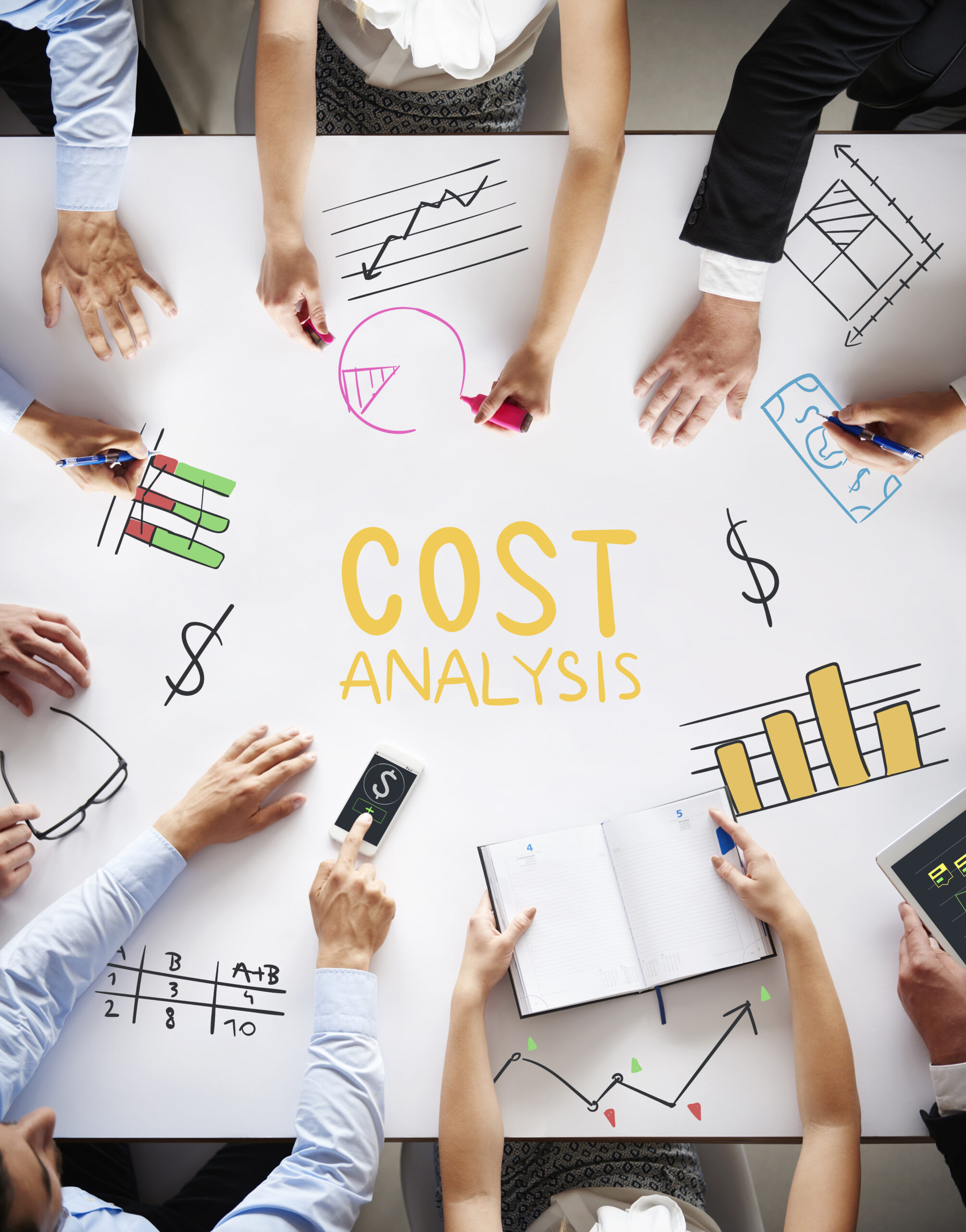
📈 Introducing: Behind the Metrics
In today’s data-driven world, metrics are everywhere — dashboards, reports, pitches, campaigns. But behind every number is a story. A strategy. A decision. And sometimes, a blind spot.
Behind the Metrics is a new recurring series that demystifies the numbers that drive business decisions. Each article breaks down one key metric — from CAC to CTR to ROI — and explores how it works, why it matters, and how to use it wisely.
Whether you’re a founder trying to scale, a marketer optimizing spend, or a strategist connecting analytics to impact, this series is built to sharpen your fluency and deepen your insight.
Because metrics aren’t just math — they’re the language of growth.
What Is CAC?
Customer Acquisition Cost (CAC) measures how much a business spends to acquire a new customer. It’s a foundational metric for evaluating marketing efficiency, sales strategy, and long-term profitability.
Formula:
CAC = Total Sales and Marketing Costs ÷ Number of New Customers Acquired
This includes ad spend, salaries, software, events — anything tied to customer acquisition.
Why CAC Matters
CAC is more than a marketing metric — it’s a strategic lever. It helps answer:
- Are we spending efficiently to grow?
- Is our pricing model sustainable?
- Can we scale profitably?
For investors and CFOs, CAC is a key input in unit economics and payback period modeling. For marketers, it’s a reality check on campaign performance.
Real-World Example: DTC Brands
Direct-to-consumer brands like Warby Parker or Casper often face high CAC due to digital ad saturation. If CAC exceeds the customer’s Lifetime Value (LTV), the business model breaks. That’s why many shift toward brand-building, referrals, or retail partnerships — all aimed at lowering CAC while boosting retention.
Common Pitfalls
- Ignoring retention: Cost alone doesn’t tell you if customers stick around.
- Overlooking attribution: Misattributed spend can distort your cost analysis.
- Chasing growth at any cost: High CAC might look good short-term but erodes margins.
Your Takeaway
Customer Acquisition Cost is a compass, not just a calculator. It should guide decisions across marketing, finance, and operations. Whether you’re scaling a startup or optimizing a mature business, understanding Customer Acquisition Cost helps align spend with strategy — and growth with sustainability.